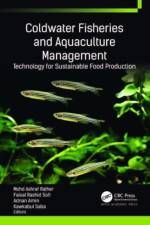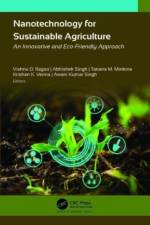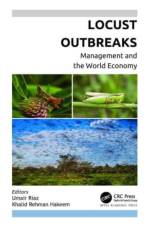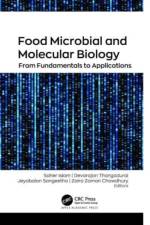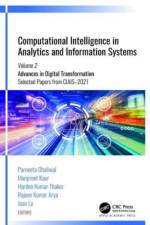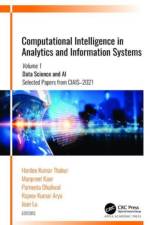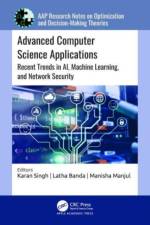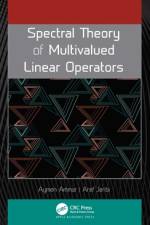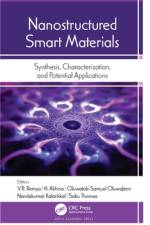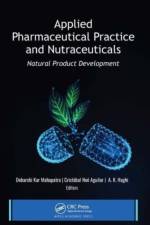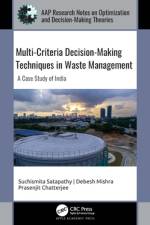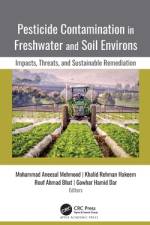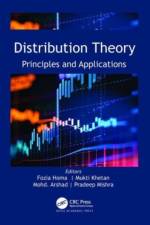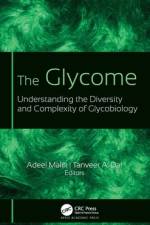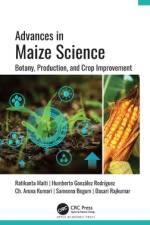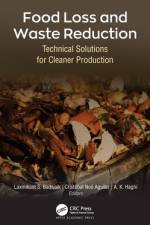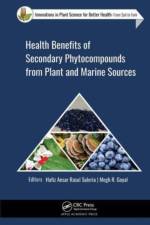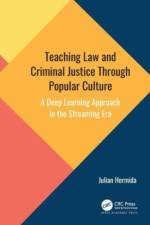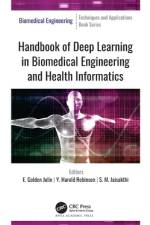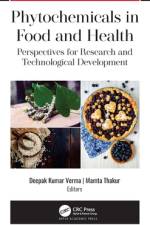- Volume 1: Data Science and Ai, selected Papers from Ciais-2021
av Hardeo Kumar Thakur
2 061
The new book presents a valuable selection of state-of-the-art technological advancements using the concepts of AI and machine learning, highlighting the use of predictive analytics of data to find timely solutions to real-time problems. It helps to identify applicable approaches in order to enhance, automate, and develop effective solutions to challenges in data science and artificial intelligence. The various novel approaches include applications in healthcare, natural language processing, and smart cities. As such, the book is divided into sections that address: Computational Intelligence in Image Processing Computational Intelligence in Healthcare Techniques for Natural Language Processing Computational Intelligence in Smart Cities The very diverse range of topics include AI and machine learning applications for In security: For using digital image processing for image fusion (face recognition, feature extraction, object detection as well tracking, moving object identification), for person re-identification for security purposes. In healthcare and medicine: For diagnosis and prediction of breast cancer, other cancers, diabetes, heart disease; for predicting susceptibility to COVID-19; for prediction of mood and anxiety disorders. In agriculture: For prediction of crop profit; for prediction of cropping patterns and recommendation for crop cultivation. In traffic science/smart cities: For understanding road scene images, for detection of traffic signs, for devising a fog-based intelligent traffic phase timing regulation system In language/speech/text: For automatic text summarization, for document indexing for unstructured data, for speech/accent recognition, for sound separation, for American Sign Language interpretation for nonsigners, for emotional recognition and analysis through speech, body postures with facial expressions, and other body movements (to improve the performance of virtual personal assistants / emotion recognition using speech, body postures with facial expressions and other body movements. This volume offers valuable information for researchers working in interdisciplinary or multidisciplinary areas of healthcare, image analysis, natural language processing, and smart cities. This includes academicians, people in industry, and students with engineering background with research interest in these areas.These peer-review chapters were selected from the International Conference on Computational Intelligence in Analytics and Information Systems (CIAIS- 2021), held in April 2021 at Manav Rachna University, India. Together with Volume 2: Advances in Digital Transformation, this 2-volume set offers an abundacne of valuable information on emerging technologies in computational intelligence in information systems focusing on data science and artificial intelliegence.


